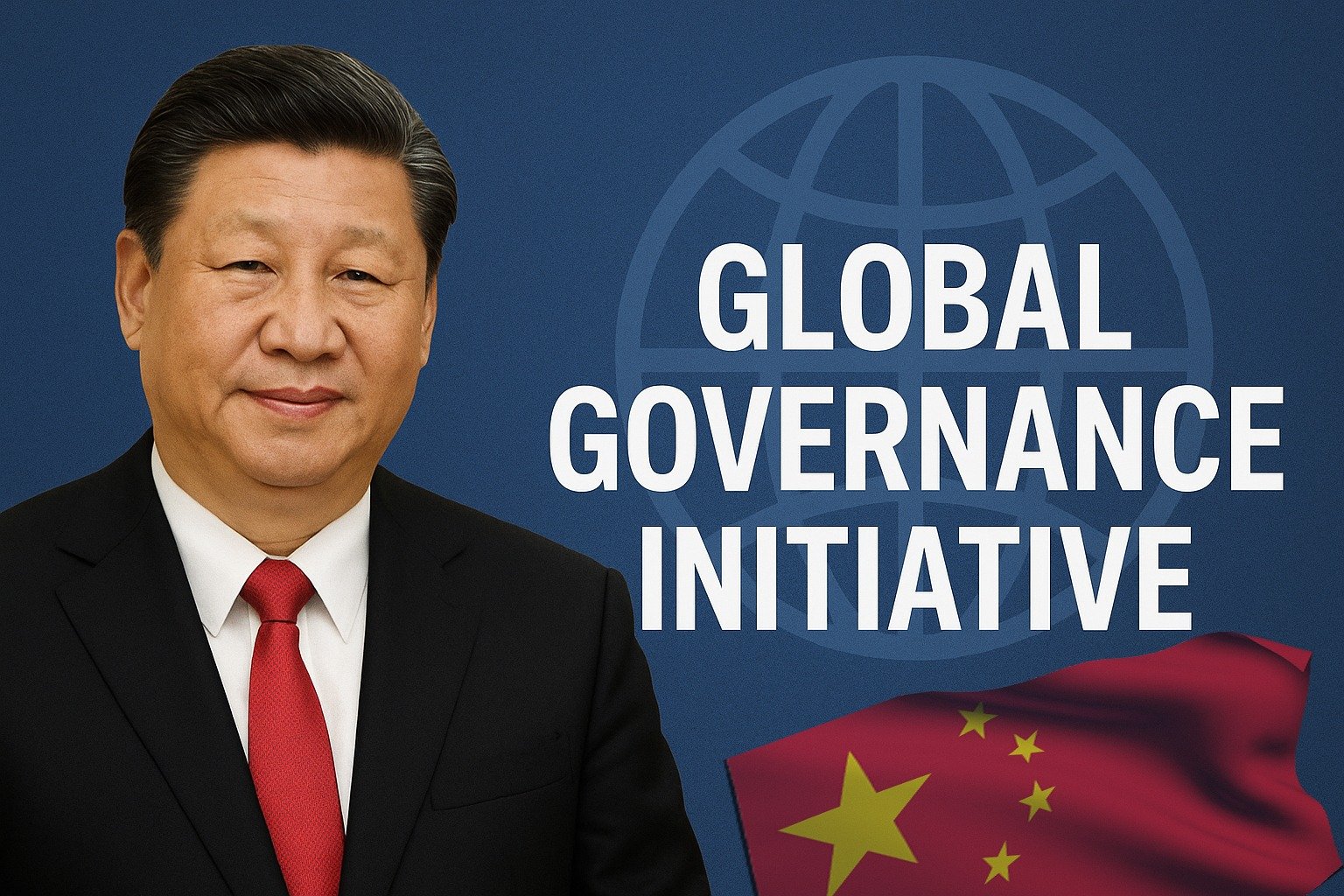In the fast-evolving world of digital connectivity childhood is quietly being reshaped. The devices that once symbolized innovation and opportunity smartphones, tablets, laptops have now become central agents in an unfolding crisis. Across homes, schools and communities, children are spending more time in front of screens than they do engaging in human interaction, outdoor play or creative exploration. As governments like Australia, Pakistan etc take historic steps to ban social media access for children under 16, we are called not only to legislate but also to understand deeply why the screen-time crisis is a threat to childhood itself and to the future of human society.
The Legislative Response and Global Trend
Globally, momentum is building to legislate social media age restrictions in order to safeguard childhood development. In November 2024, Australiapassed the Online Safety Amendment (Social Media Minimum Age) Act 2024 which prohibits minors under the age of 16 from creating accounts on major social media platforms. These include TikTok, Instagram, Snapchat, Facebook, Reddit and X, while educational and communication tools like YouTube, WhatsApp and Google Classroom are exempt. Notably, Australia’s legislation includes no exceptions for parental consent, signaling an uncompromising stance on child safety. Platforms found to be non-compliant could face fines of up to AUD 49.5 million (approximately USD 32 million). With technical enforcement trials already underway, full-scale implementation is expected in late 2025. Australia’s firm approach has become a global benchmark in the movement to regulate digital spaces for minors.
Inspired by similar concerns, Pakistan’s Senate introduced the Social Media (Age Restriction for Users) Bill 2025 in July. This bill aims to ban individuals under the age of 16 from creating or holding social media accounts. The legislation outlines strict penalties: platforms that allow underage users may be fined between Rs 50,000 and Rs 5 million, while individuals assisting minorsin account creation could face up to six months in prison. The Pakistan Telecommunication Authority (PTA) would be granted powers to delete existing underage accountsand formulate detailed enforcement rules. The bill’s rationale is to shield children from cyberbullying, online exploitation and harmful content while promoting greater digital awareness among parents and youth. However, critics argue that enforcement may prove difficult, with concerns about privacy risks associated with age verification and the potential for minors to circumvent restrictions. Despite these challenges, the bill represents a significant step in aligning national policy with the urgent developmental needs of children in a digital age.
The age-based social media bans reflect a recognition that children are being exposed to environments that they are cognitively and emotionally unequipped to navigate. Children are particularly vulnerable to digital manipulation because their brains are still developing, especially areas responsible for impulse control, critical thinking and emotional regulation. Age-inappropriate content, online predators, cyberbullying and the psychological impact of seeking digital validation are just a few of the real and present dangers that these policies aim to mitigate.
Theoretically, these regulations align with developmental neuroscience. The prefrontal cortex, essential for judgment and self-regulation, matures late in adolescence. Therefore, introducing young minds to algorithm-driven feeds optimized for stimulation and consumption can overwhelm developing circuits. These environments can condition children to crave immediate rewards, impairing their ability to delay gratification or manage frustration foundational life skills built during early social experiences, not in isolated scrolling.
Understanding the Consequences: A Multidimensional Crisis
To fully grasp the depth of the issue, we must look beyond screen time as a habit and see it as a systemic influence, a force that modifies the child’s psychological architecture. This is not just about how long children spend on devices; it is about what they become while doing so. The research tells us clearly: the effects of excessive screen time are not surface-level distractions they penetrate into the mental, emotional, behavioural and even biological development of a child. They affect empathy, cognitive reasoning, physical health, personality formation, social adaptability, and emotional regulation. In short, they alter the child’s very nature.
Psychological frameworks such as Social Learning Theory show that children model behaviours they observe on screens. In the absence of balanced real-world interaction, they mimic the superficial, fast-paced and often violent stimuli of digital media. Attachment Theory explains how screens disrupt the parent-child bond, replacing rich emotional exchanges with pixelated distractions. Cognitive Load Theory demonstrates how constant digital input overwhelms children’s mental faculties, reducing deep thinking, comprehension and learning. And Ecological Systems Theory explains how screens damage entire ecosystems around the child family dynamics, classroom engagement and community participation.
Contemporary studies in behavioural neuroscience also support these frameworks. Dopaminergic reward systems in the brain, when hijacked by continuous screen-based engagement, lose sensitivity to natural rewards. This can lead to digital desensitization, where real-world joys like friendship, learning or playing outdoors feel underwhelming compared to the vivid constant stimulation of screens. This neurological conditioning explains why some children resist non-digital activities or show withdrawal symptoms when disconnected.
The Hypothetical World if Inaction Continues
A hypothetical model of the future shaped by unregulated screen use is sobering. At the micro level, children grow into adults with weakened mental faculties, unable to manage relationships or regulate emotions. Families become distant with devices replacing conversations. At the meso level, schools face students with short attention spans and reduced creativity.
Communities see less engagement and a breakdown in social bonds. At the macro level, economies weaken due to a lack of innovation, political decisions suffer from poor reasoning, and healthcare systems crumble under rising mental health and obesity cases. In such a world, humanity itself risks becoming a fragment of its potential technologically advanced yet emotionally bankrupt.
The consequences echo across the spectrum of societal development. A child who cannot emotionally regulate becomes an adult prone to conflict. A student distracted by screens becomes a worker with limited problem-solving skills. A generation raised on instant gratification may lack the resilience to face complex, long-term societal problems like climate change, inequality or governance.
Elaborating the Consequences Further
The list of consequences from excessive screen use is long and interconnected:
Reduced Empathy and Social Skills: Without face-to-face interactions, children fail to read body language, interpret emotional tone or develop conflict resolution skills. This makes future relationships fragile and shallow.
Mental Health Disorders: Anxiety, depression, sleep disturbances and digital addiction are becoming common even in elementary-aged children.
Loss of Creativity and Play: Passive consumption of digital content replaces imaginative play. Storytelling, drawing, building and exploration all decline.
Impaired Learning Abilities: Screen-dominated minds become accustomed to short, fragmented bursts of information. Sustained focus, memory retention and critical analysis suffer.
Decline in Physical Health: Obesity, posture issues, eye strain and irregular sleep cycles take a toll on children’s overall development.
Emotional Dysregulation: Children show mood swings, irritability and emotional dependency on digital stimuli.
Isolation and Alienation: A child who lives in a virtual world becomes a stranger in their real one.
Risk of Radicalisation or Exploitation: Vulnerable and unsupervised children can be targeted by harmful ideologies or predators.
All of these impacts create a fragmented internal world within the child. They become disconnected not only from their surroundings but from their own emotional and intellectual capacities. This developmental disconnect may not manifest immediately, but it quietly compromises their future roles as partners, professionals, citizens and decision-makers.
Reimagining Childhood: The Benefits of Digital Discipline
While the negative effects are alarming, the benefits of reducing screen time and promoting real-world engagement are equally inspiring. When children are given a chance to reconnect with their physical and social environments, incredible transformations can occur:
Increased Emotional Intelligence: Real-time interactions teach children empathy, listening skills and emotional nuance.
Better Academic Performance: Reduced distractions enhance focus, comprehension and intellectual curiosity.
Improved Physical Fitness: Outdoor activities and unstructured play promote strength, coordination and well-being.
Creative Flourishing: Children begin to explore music, art, storytelling and problem-solving through tactile imaginative means.
Stronger Family Bonds: Shared meals, games and discussions rebuild trust, closeness and mutual understanding.
Higher Self-Worth: When children experience success through effort rather than digital likes they build authentic confidence.
Civic Engagement: Children who participate in real-world activities become invested in their communities and learn shared responsibility.
Theoretically, these benefits affirm developmental pathways laid out by theorists like Piaget, Erikson and Vygotsky. Piaget emphasized sensorimotor and hands-on exploration in early development; Erikson stressed social tasks like trust, autonomy and identity; and Vygotsky highlighted social scaffolding through interaction. These classical theories remain remarkably relevant and now intersect with modern evidence from cognitive science, reinforcing the value of nurturing offline developmental experiences.
Policy Innovation for Sustainable Reform
What, then, is the way forward? We need more than bans. We need a strategic, scientific and humane approach. The integration of the Dynamic Process Model (DPM) for policy design offers a systemic solution. This model does not merely suggest limits it proposes adaptable, data-informed, ethically grounded policy cycles. It emphasizes stakeholder input, real-time monitoring, predictive modeling and knowledge integration to build screen-time regulations that evolve with society. When combined with the Balanced Scorecard (BSC) approach which evaluates policy impact across social, financial, operational and learning domains we arrive at a new kind of governance: one that measures not only screen hours but also human well-being.
A comprehensive national policy could include:
- Mandated age-verification systems on all platforms
- Banning targeted advertising to minors
- Public health campaigns promoting digital hygiene
- Requiring schools to adopt balanced media use policies
- Subsidizing extracurricular programs to draw children into the real world
- Providing parental guidance training on digital discipline
These efforts align with the logic of preventive governance. Just as public health initiatives target vaccination, nutrition and hygiene, a parallel paradigm must address digital well-being. It is no longer sufficient to regulate content; we must regulate the context in which children grow.
The Role of Parents, Schools and Communities
Parents must reclaim their role. Screens cannot be substitutes for parenting. Encouraging human interaction, enforcing digital curfews, engaging children in active play, storytelling and cooperative tasks are not outdated methods they are the neurological and emotional nourishment children need. Schools must balance digital tools with physical books, nature learning and arts. Communities must invest in public spaces, sports and civic programs to rebuild children’s sense of real belonging.
The most effective interventions are relational not technological. It is not enough to install filters and timers. What is needed is a cultural shift that restores value to slowness, presence, and attention. That shift must begin at home and be reinforced by institutions.
Conclusion: A Call to Save Childhood
The child of today is not just navigating a new world they are being shaped by it. The screen is no longer a window it is a mirror, reflecting what we offer children and what we expect them to become. If the reflection is one of loneliness, anxiety, addiction and mental fatigue then we must have the courage to break that mirror and build something better.
This article, grounded in the extensive research of Tahir Mahmood, shows that protecting children from the dangers of excessive screen time is no longer a theoretical debate. It is a reformative call to action. It is a movement that must blend policy with practice, awareness with empathy and science with soul. By limiting access to harmful digital spaces and creating supportive, enriching real-world environments, we do not restrict children’s freedom we safeguard their future.
Let us, as societies, governments, educators and parents, act decisively before the screen becomes the primary parent, the sole teacher and the only friend a child knows. Because if we fail to protect our children from a digitally hijacked childhood, we may soon find ourselves raising a generation with all the technology in their hands but no wisdom in their hearts and minds.

Mr. Tahir Mahmood is a renowned expert in the field of counter-radicalisation, known for his extensive work with various governments to solve complex challenges through knowledge based methods and out of box solutions.

Renowned expert in the field of counter-radicalisation, known for his extensive work with various governments to solve complex challenges through knowledge based methods and out of box solutions.










